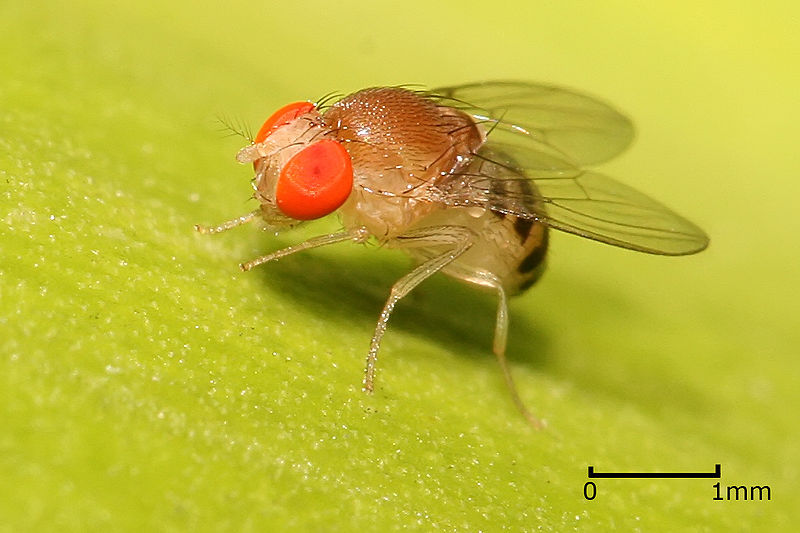Scientist and artist are teaming up to help in aiding the expansive research of Multispecies Ethnography, a way in which they helped get more scientist artist and the public was through the Mulitspecies Salon held in 2008. The Multispecies Salon art exhibit in the PLAySPACEGallery of the California College of Arts—alongside the 2008 AAA Annual Meeting—explored how artists
might be allies in thinking about biological beings and becomings in anthropology. Several Artist/ Scientist like Marina Johnston, Caitlin Berrigan, Frederic Landmans and Patrica Piccinini joined together to mix paintings, sculptures, performance art and animal art in order to promote the Multispecies Salon. This poster illustrates one of the many creatures that have been created to help be a "spokes person" for endangered animals. This bizarre humanoid creature on the poster was created by Australian artist Patricia Piccinini. His purpose is to help protect the critically endangered Golden Helmeted Honeyeater. Johnston says, "He will protect [the honeyeater] from exotic predators, and he has powerful jaws that allow him to bite into trees, to provide the birds with sap.” So not only do the artist create wonderful spokes creatures but they also give it purposeful morphologies.
This poster illustrates one of the many creatures that have been created to help be a "spokes person" for endangered animals. This bizarre humanoid creature on the poster was created by Australian artist Patricia Piccinini. His purpose is to help protect the critically endangered Golden Helmeted Honeyeater. Johnston says, "He will protect [the honeyeater] from exotic predators, and he has powerful jaws that allow him to bite into trees, to provide the birds with sap.” So not only do the artist create wonderful spokes creatures but they also give it purposeful morphologies.Other artist aim at the anthropological view point and include things that have or could be affected by human actions that both hurt people and other organisms with in an ecosystem. Artist Marina Johnston created a sculpture adequately named "Twins." in this sculpture, there are two ceramic grubs with prematurely developed wings. this wings are meant to be an allegory of premature human development. Specifically early breast development in young girls due to the use of hormones in animal product like beef. The underlying theme is why does the body develop it, in this case wings, before the animal can walk. Thus putting it in to another perplexing situation.
For the performance art aspect of the Salon, Caitlin Berrigan used her own blood to feed a dandelion. This may not seem that significant and only just a little peculiar, but it was to show that her own blood is able to help another living organism; in this case a plant. Her work is powerful because she is infected with Hepatitis C which makes her blood poison to other humans and harmful to other mammals. But in the case of the Dandelion it acts a fertilizer because it is rich in nitrogen, which the plant needs in order to grow. ( Exscript from Cultural Anthropology Journal)
"Noting that the recipient of her nurturing gesture is regarded as a “weed,”
Berrigan worked to give the dandelion biographical and political life (bios), elevating
it from the realm of bare life. “The dandelion actually has a lot to offer us even
though they grow everywhere, and are killed with herbicides,” she later told us
(see also Berrigan 2009). Berrigan’s art and personal medical regimen might be
understood as a “microbiopolitical” intervention, calling attention to how living
with microorganisms (in this case, a pathogenic virus) is caught up in discourses
about how humans ought live with one another."
The other form of art that was exhibited in many different ways between just using insects live in a cage to grab an audience, like butterflies, or bacteria growing in a petri dish. Scientist Frederic Landmans used Drosophila flies in a container to show their culturally shaped patterns. He also illuminated the Wahlbacia bacteria to show how it lives everywhere and is found in every living animals digestive tract.

Other animal exhibits shown were mice that have had their pigment cells mixed with that of jellyfish causing the to glow in UV light, this has also been done with rats, fish, pigs and other test animals. this portion of the Salon was under genetically modified animals which also had a few plants.

dfsa



<a href="http://search.ebscohost.com/login.aspx?direct=true&db=a9h&AN=54397635&site=ehost-live">THE EMERGENCE OF MULTISPECIES ETHNOGRAPHY.</a>
Cultural Anthropology; Nov2010, Vol. 25 Issue 4, p545-576, 32p, 4 Black and White Photographs
No comments:
Post a Comment